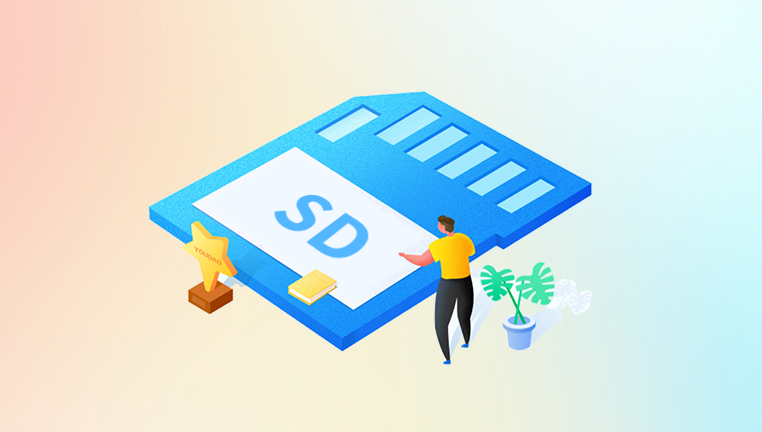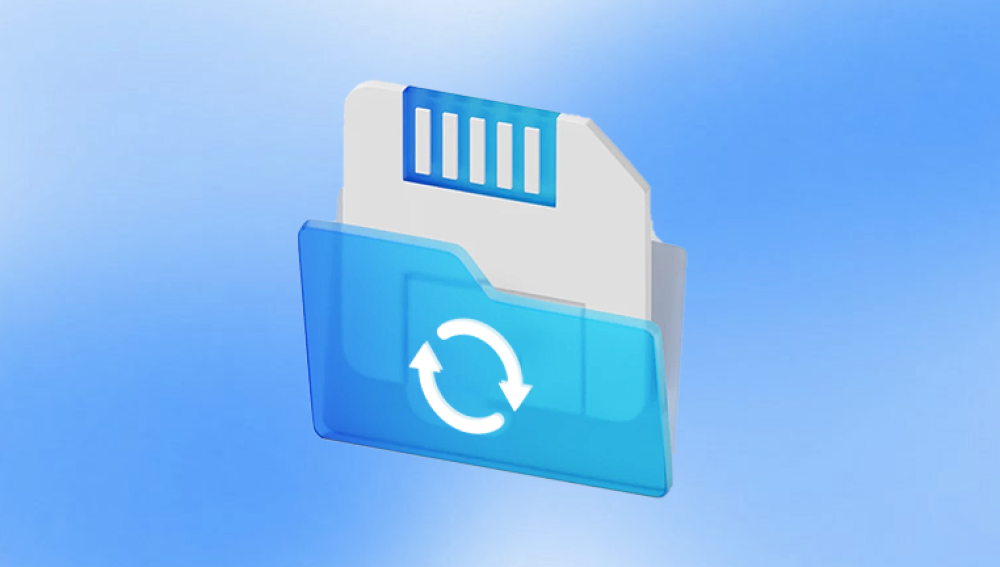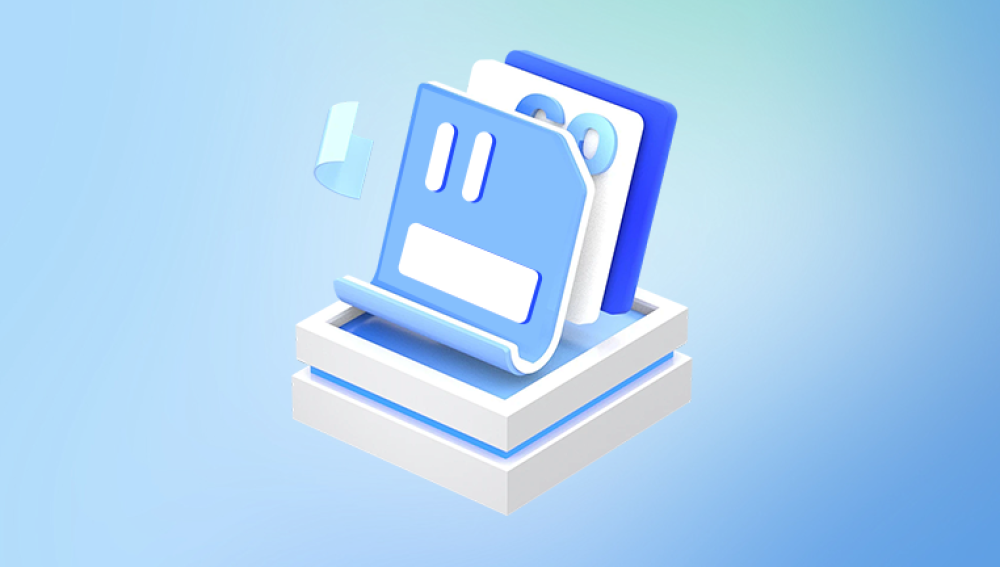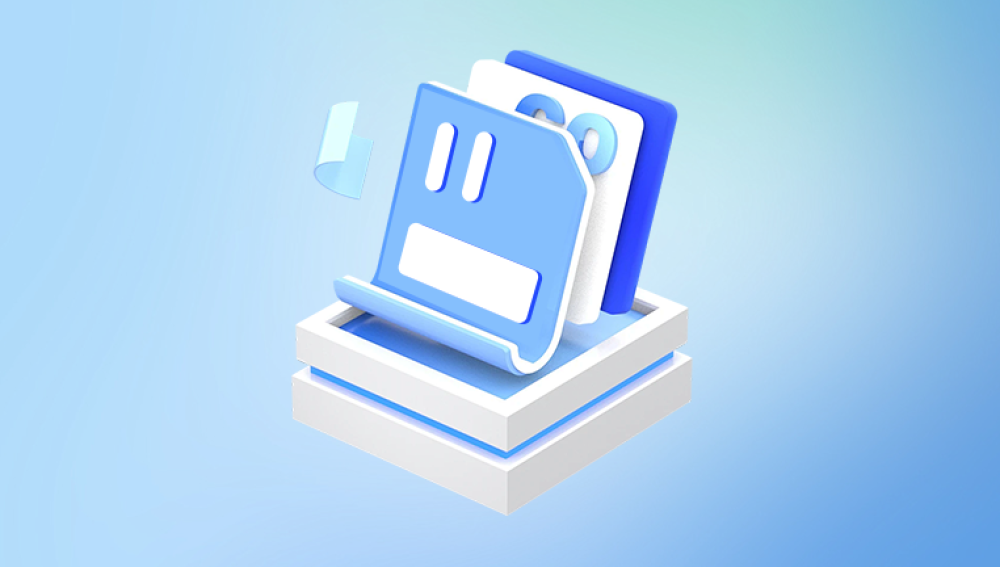Recovering deleted data from an SD card can be done using a variety of free software tools and manual techniques, provided the data hasn't been overwritten.
1. How Data Recovery Works
When files are deleted from an SD card, they are not immediately erased. Instead, the system marks the space as available for new data. Until new files are written over this space, the original files are still recoverable. The key to successful recovery is to stop using the SD card immediately to prevent overwriting the deleted data.
2. Common Causes of Data Loss on SD Cards
Before we dive into recovery methods, it's important to understand what causes data loss:
Accidental deletion: Files are mistakenly deleted by the user.
Formatting: The SD card is formatted without proper backups.
Corruption: The SD card becomes corrupted due to improper ejection, virus attacks, or hardware failures.
Physical damage: The card is physically damaged, making data retrieval more challenging.

3. Tools for Free SD Card Recovery
Several free tools can help recover deleted files from an SD card. While these tools offer basic recovery options, premium features may require a paid version. Here are some of the most popular free SD card recovery software:
a. Recuva (Windows)
Recuva is a popular, user-friendly tool for file recovery. It is highly effective at recovering deleted photos, videos, music, and other files from SD cards. Key features include:
Easy-to-use interface with a wizard that guides users through the recovery process.
Deep scan mode for a thorough search of lost files.
Portable version available for use without installation.
How to Use Recuva:
Download and install Recuva.
Select the file types to recover (photos, videos, etc.).
Choose the SD card as the location to scan.
Run the scan and browse the recoverable files.
Select the files you want to recover and save them to your computer.
b. PhotoRec (Windows, macOS, Linux)
PhotoRec is a free, open-source tool that works well with SD cards. It can recover a variety of file formats, from photos to documents. Despite its text-based interface, PhotoRec is powerful and effective, especially for damaged SD cards.
How to Use PhotoRec:
Download PhotoRec and extract it.
Open the program and select the SD card to scan.
Choose the file formats you want to recover.
Start the recovery process and save the recovered files.
c. Disk Drill (Windows, macOS)
Disk Drill offers a free version that allows you to recover up to 500MB of data. It is highly versatile and can recover data from different file systems, including FAT, exFAT, and NTFS.
How to Use Disk Drill:
Download and install Disk Drill.
Select your SD card from the list of devices.
Perform a quick or deep scan.
Preview and recover the lost files.
d. TestDisk (Windows, macOS, Linux)
TestDisk is another open-source program, often bundled with PhotoRec. It is mainly used for partition recovery, but it can also be employed to recover deleted files from an SD card.
How to Use TestDisk:
Install TestDisk and run it from the command prompt or terminal.
Select the SD card.
Scan for lost partitions or deleted files.
Recover the files to a different location.
4. Steps to Recover Data from an SD Card
Here’s a step-by-step guide to recover deleted files from your SD card using the free software tools mentioned above:
Step 1: Stop Using the SD Card
As soon as you realize data has been deleted, remove the SD card from your device and stop using it. Continuing to use the SD card might overwrite the deleted data, making recovery more difficult or impossible.
Step 2: Choose the Right Recovery Tool
Select one of the free tools that best suits your needs and platform (Windows, macOS, Linux). If you're dealing with photos or documents, tools like PhotoRec or Recuva are great choices. For a user-friendly experience, Disk Drill might be the best option.
Step 3: Scan the SD Card
Install the recovery tool on your computer and insert the SD card. Use the tool to scan the card for deleted files. Depending on the size of the card and the tool used, this scan could take a few minutes to several hours.
Step 4: Preview and Recover Files
Once the scan is complete, you will be able to preview the recoverable files. Select the files you want to recover and choose a location on your computer to save them. It’s important not to save the recovered files back to the SD card to avoid overwriting any remaining data.
5. Manual Techniques for SD Card Recovery
In some cases, manual techniques may help recover deleted data, especially if the SD card is only slightly corrupted. Here are a few methods to try:
a. Check the Recycle Bin (Windows)
If the SD card is connected to a Windows computer and files are deleted, they may be sent to the Recycle Bin. Check here before using any recovery software.
b. Use the Command Prompt (Windows)
For corrupted SD cards, you can use the CHKDSK command in Windows to repair the file system and potentially recover lost files.
Connect the SD card to your computer.
Open the Command Prompt and type: chkdsk [SD card drive letter]: /f
Press Enter to scan and fix any errors.
c. Use Mac’s Disk Utility (macOS)
For Mac users, Disk Utility can be used to repair a corrupted SD card and recover lost files. Open Disk Utility, select the SD card, and use the First Aid feature to repair the card.
6. Best Practices for Preventing Data Loss
While recovering data is possible, it’s always better to prevent data loss in the first place. Here are some best practices to follow:
Regular backups: Keep regular backups of important files on your SD card to avoid losing them.
Safely eject SD cards: Always eject your SD card properly from devices to prevent corruption.
Use antivirus software: Protect your SD card from viruses and malware by keeping your antivirus software updated.
Avoid using the SD card after data loss: If you accidentally delete files or the SD card becomes corrupted, stop using it immediately to maximize your chances of recovery.
7. When to Consider Professional Data Recovery Services
If the free recovery methods do not work, or if the SD card has suffered physical damage, it may be necessary to consult professional data recovery services. Companies that specialize in data recovery can often retrieve data from severely damaged cards, although this can be expensive.
Following the correct steps and stopping the use of the SD card immediately after data loss can greatly improve your chances of successful recovery. By taking preventive measures like regular backups, you can minimize the risk of future data loss.




